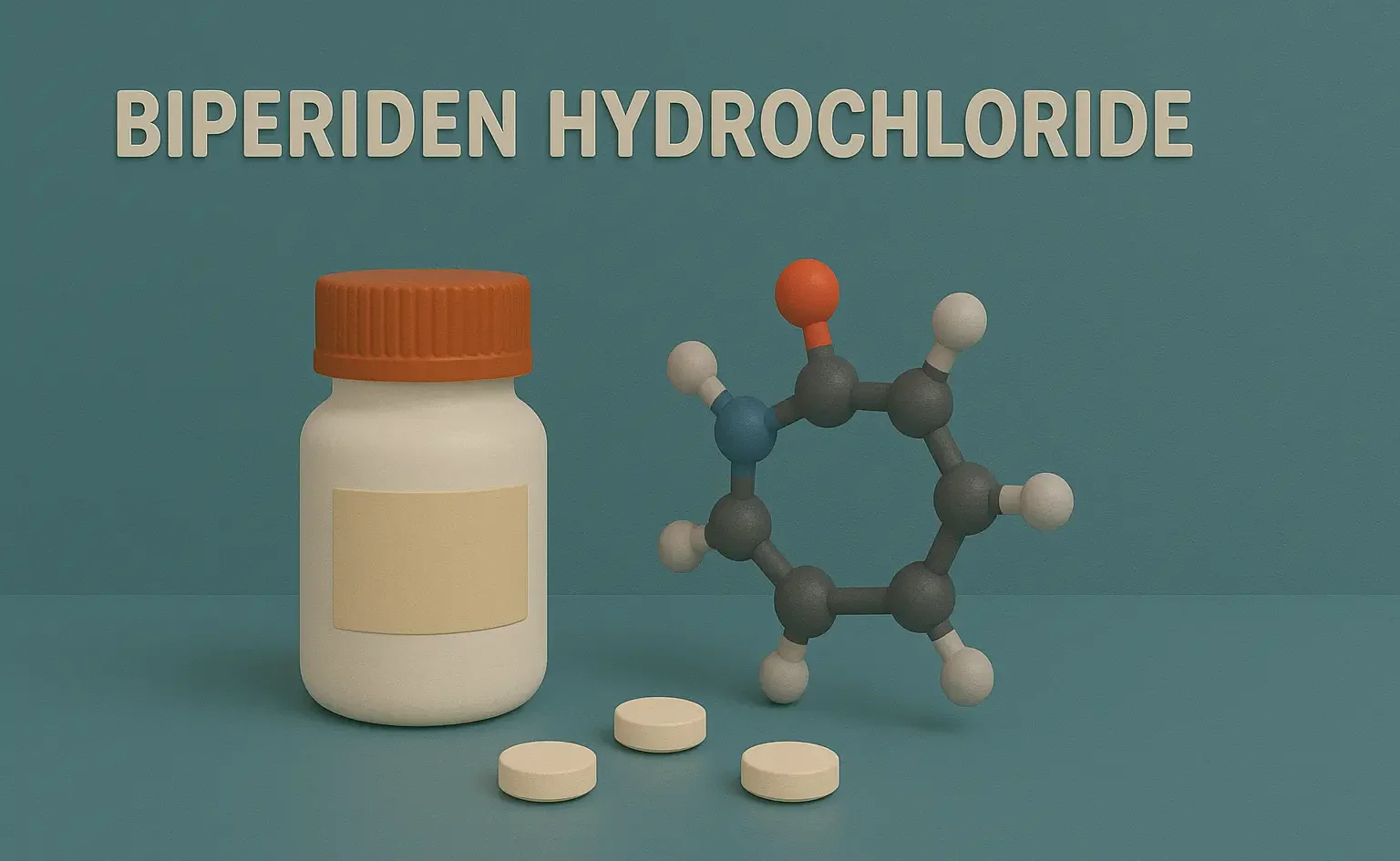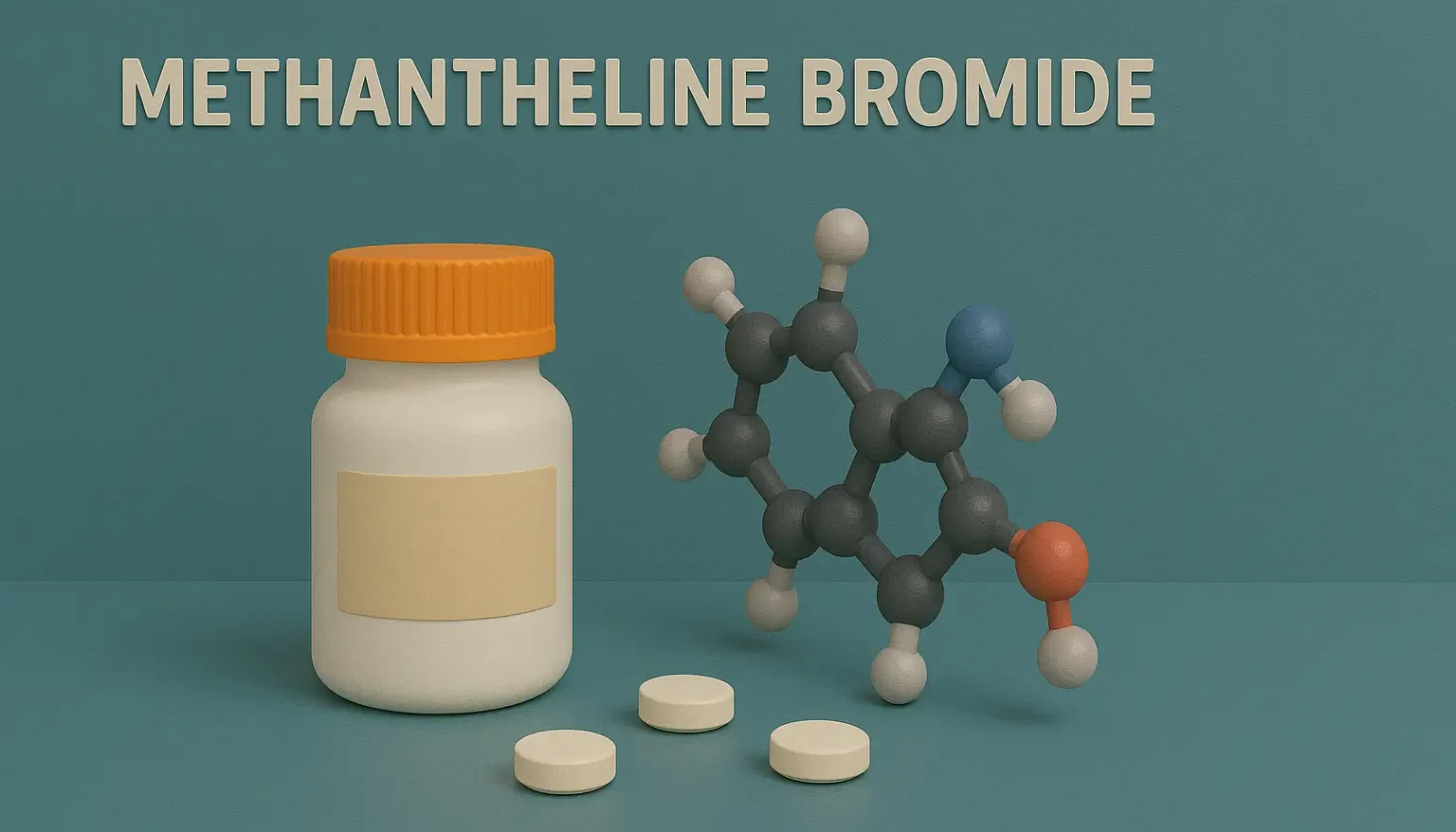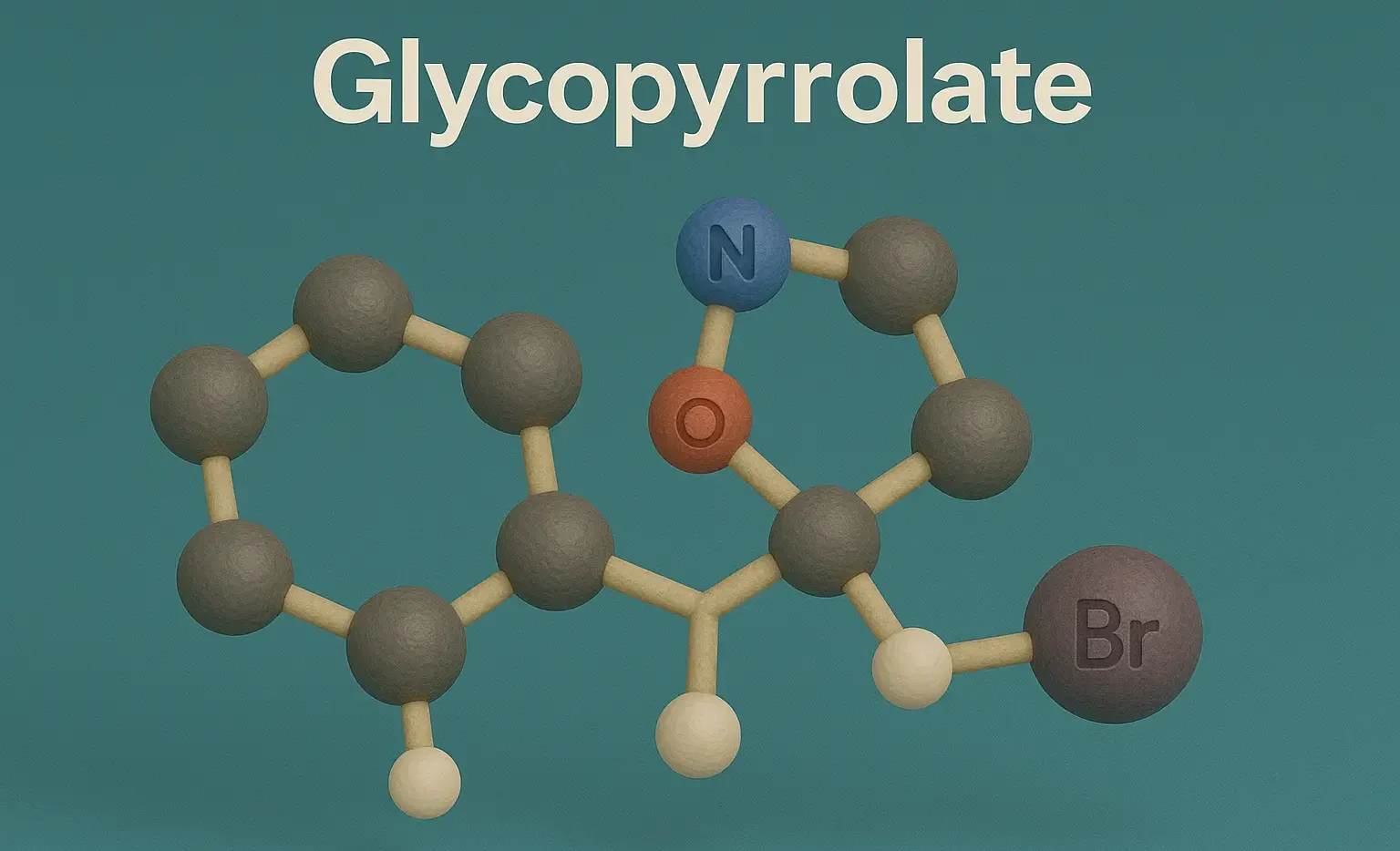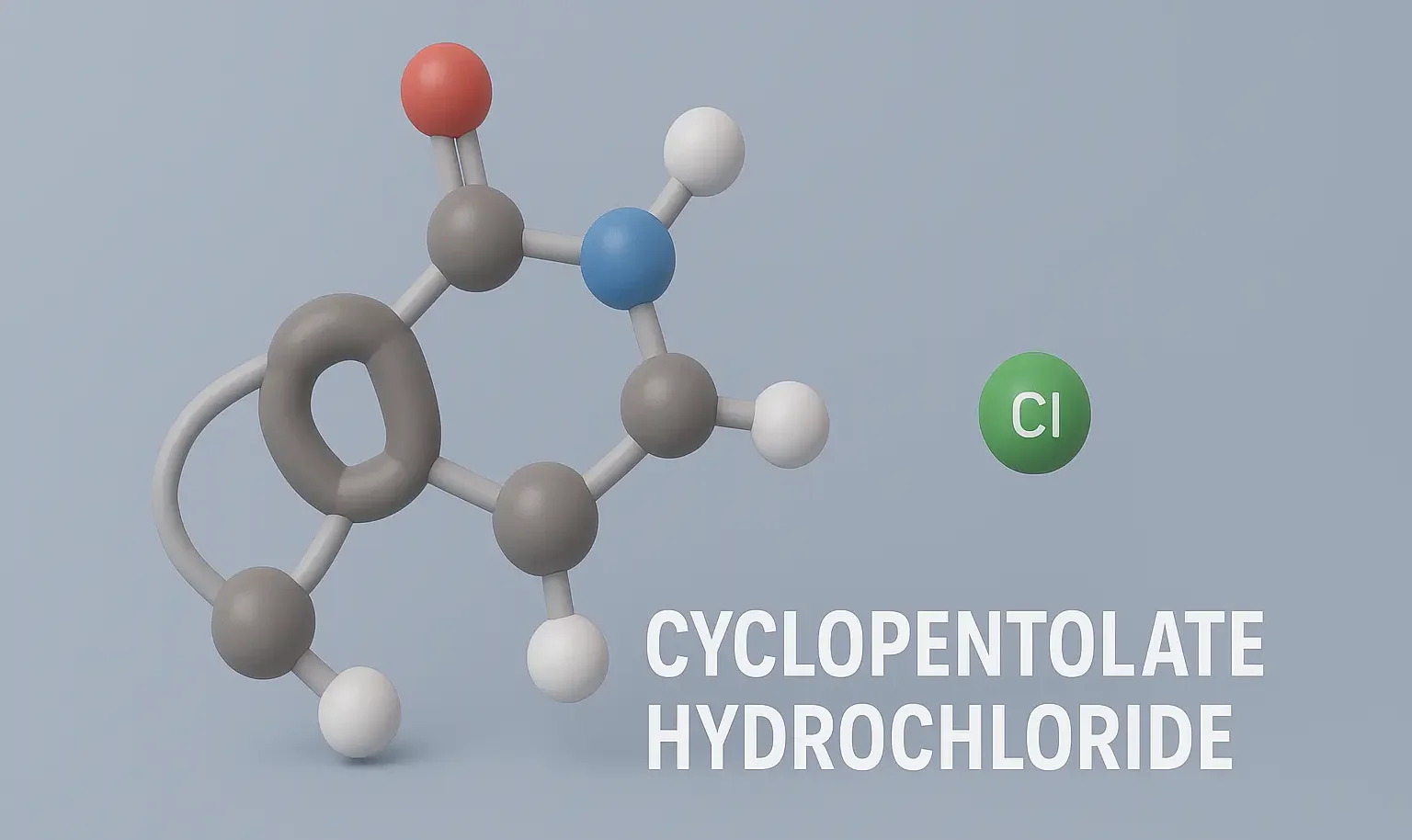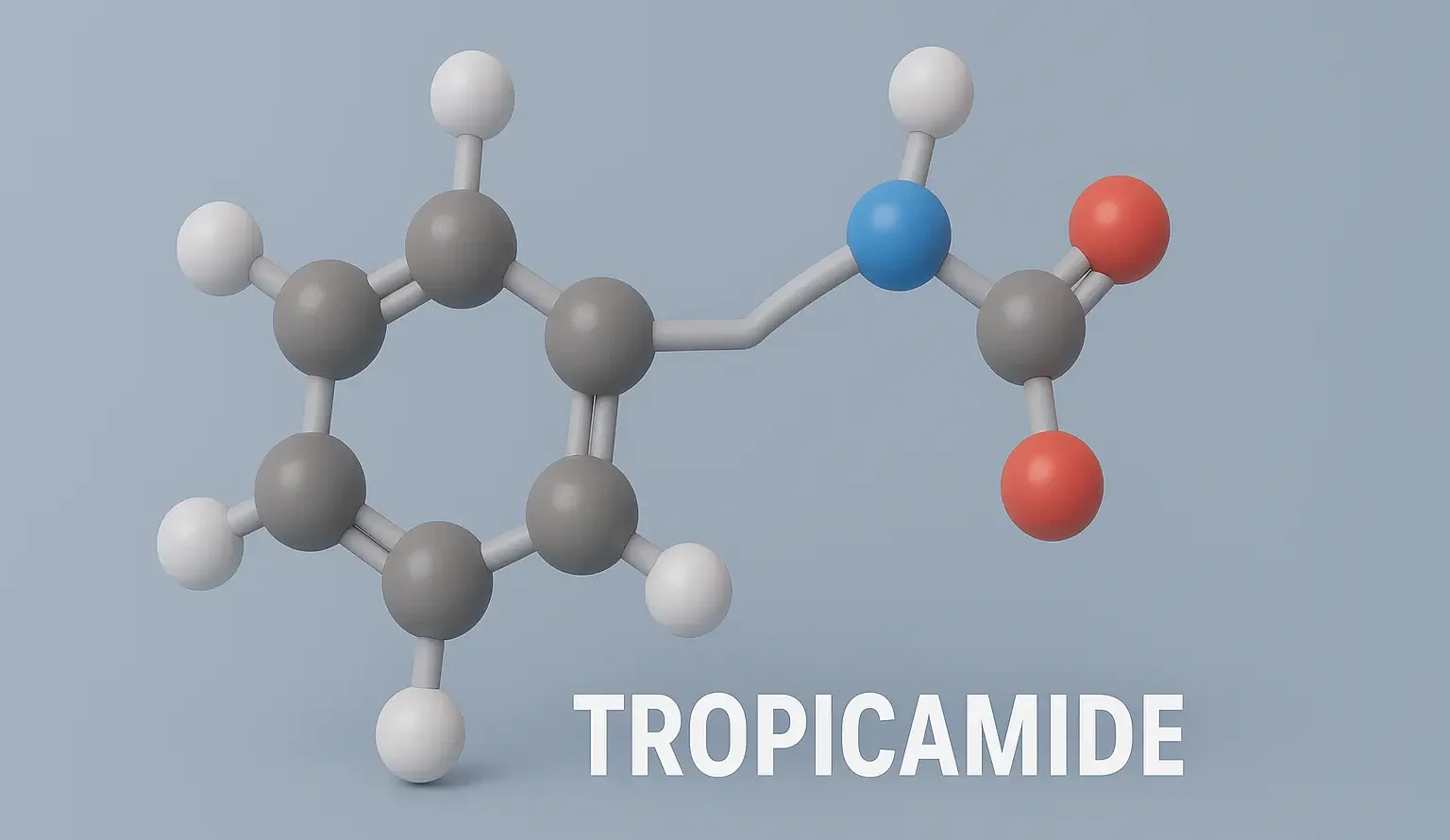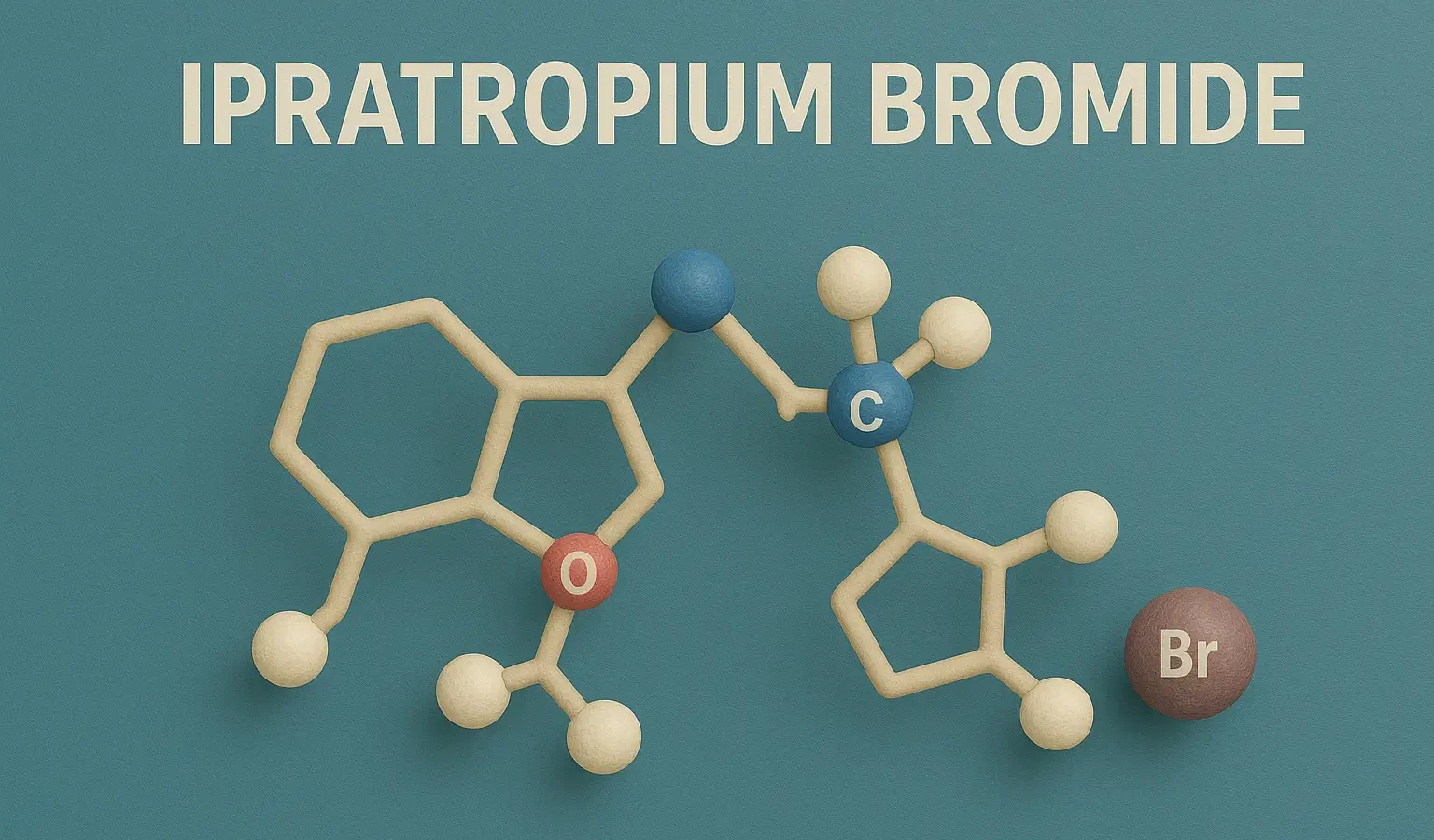Pharmacovigilance
Pharmacovigilance monitors, detects, and prevents adverse drug effects to ensure safe and effective medicine use. Once a drug is on the market, it’s still under continuous surveillance through pharmacovigilance. Definition of Pharmacovigilance: It is the science and activities relating to the detection, assessment, understanding, and prevention of adverse effects or other drug-related problems. Key Activities: … Read more


